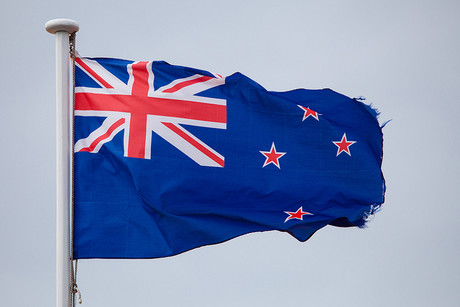New Zealand reaches 90% 4G coverage

The New Zealand Government has announced that 4G mobile coverage has now been expanded to 90% of the population, thanks to the efforts of mobile operators Vodafone New Zealand and Spark.
The operators’ aggressive mobile rollout activity means the government has met its target of ensuring 90% of the population has access to 4G nearly two years ahead of schedule.
As part of this objective, first announced in 2013, Vodafone and Spark were required to build new mobile towers to expand coverage every year for five years.
“This is a fantastic achievement that will help meet growing consumer demand for mobile data and is essential for improving connectivity right across New Zealand,” Communications Minister Simon Bridges said.
“As part of the government’s 2013 objective, Vodafone and Spark were required to build new towers to provide new coverage each year for five years. They’re well on track to meet this deadline — creating even better coverage and capacity for rural communities.”
Bridges separately welcomed the finding from Akamai’s latest State of the Internet report showing that average connection speeds in New Zealand have increased 38% since 2015.
As of the fourth quarter, the nation’s average connection speed had grown to 12.9 Mbps, the report states. This gives New Zealand a global ranking of 34th — placing it well ahead of Australia’s 51st ranking and average of 10.1 Mbps.
New Zealand is also handily beating Australia in the global rankings for the proportion of users on speeds above 4 Mbps (30th compared to 67th), 10 Mbps (36th to 50th) and 15 Mbps (34th to 49th).
In terms of mobile broadband, the report found that Australia has the fastest average speeds in APAC, whereas New Zealand is only the fourth fastest in the region. But the gap is small, with Australia recording an average mobile broadband speed of 13.8 Mbps to New Zealand’s 12 Mbps.
“These figures demonstrate that Kiwis are increasingly reaping the benefits of faster, better internet, stimulated by the government’s investment in the Ultra-Fast Broadband (UFB) program and the Rural Broadband Initiative (RBI),” Bridges said.
UFB is a project to provide fibre broadband to 75% of the population (since extended to 80% of the population by 2022 and more than 84% by end-2014), while the RBI is an initiative to improve connectivity in the remaining areas of the country.
Australian businesses face connectivity challenges: report
A report commissioned by Ericsson finds that Australian businesses face connectivity challenges...
CommScope launches new fibre termination platform
The CommScope XPND fibre termination panel platform is designed to enable easier, more...
Ruckus launches AI-driven network solutions
CommScope subsidiary Ruckus Networks has unveiled a host of new AI-driven networking solutions,...





